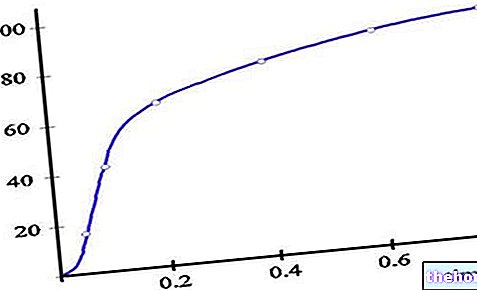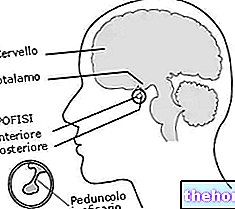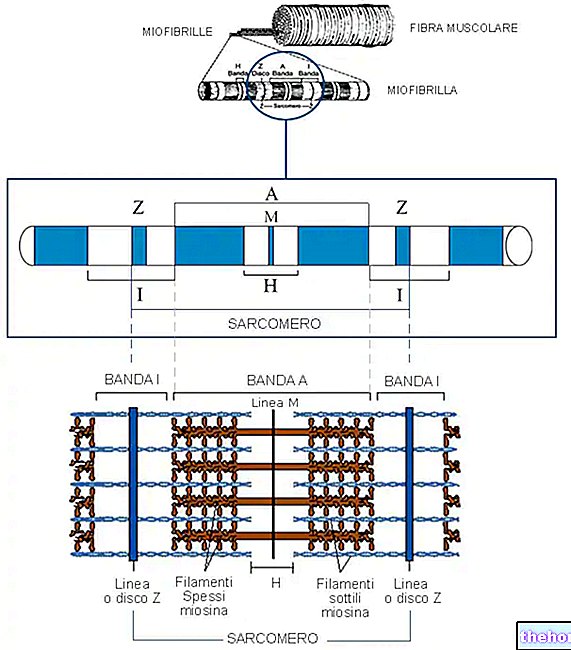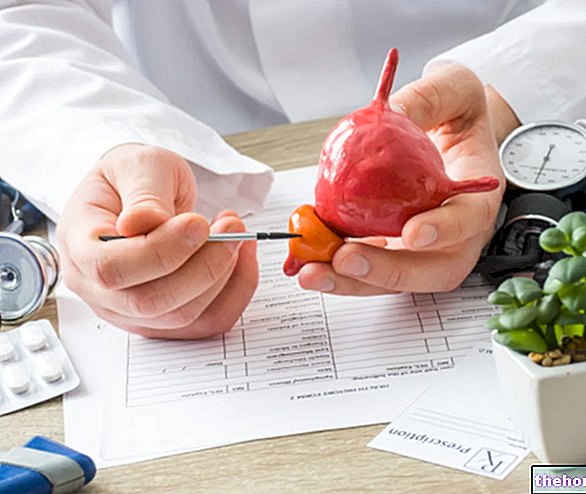Literally the word glycolysis indicates the breakdown of glucose.
Glycolysis presents an ordered succession of reactions, each catalyzed by an enzyme: the product of one step becomes a substrate for the next enzyme, and so on. It is a completely cytoplasmic process, since all the enzymes are scattered throughout the cytoplasm.
Glycolysis is divided into ten stages so ten enzymes are involved; moreover, it can be divided into two phases: a first preparatory phase and not oxidative and a second phase oxidative where there is the greatest production of ATP.
1) The starting product of glycolysis is glucose, which is initially transformed into glucose 6-phosphate through a process of phosphorylation: the enzymes used for this type of reaction are the kinase. These enzymes transfer a phosphoryl group from a high-energy donor end (usually ATP) to an acceptor unit (in this case glucose). By binding a phosphoryl group to glucose, it has been given a charge that "traps" the molecule in the cell: glucose 6-phosphate does not spontaneously cross the cell membrane; in fact, they spontaneously diffuse water, carbon dioxide and, in general, small and neutral molecules into the cell membrane, while the charged species are unable to cross it due to their hydrophobic nature. Large species do not cross cell membranes due to steric issues. There are proteins, on the membrane, capable of transporting from the inside of the cell to the outside or vice versa, some of those species that cannot cross the membrane by simple diffusion; these transporter proteins work according to gradient, therefore, without energy expenditure, but they can also transport species against a concentration gradient, requiring, in this case, a certain energy expenditure.

Let's go back to glucose phosphorylation; in the initial stage an ester bond was formed between the orthophosphate and the hydroxyl of the sixth carbon of glucose: the sugar was activated. This phosphorylation requires the hydrolysis of the anhydride bond of an ATP molecule which releases 7.3 Kcal / mole:

Subtracting from the second reaction, the first, we obtain:

Therefore, starting from glucose and orthophosphate, 3.3 Kcal / mole must be provided.
Thus, glucose takes on two negative charges due to two phosphate oxygens and becomes impermeable to the plasma membrane.
After eating, the concentration of glucose in the blood (blood sugar) can be as high as 12-14 mM, so it is necessary to reduce the level of glucose in the blood; in normal conditions the glycaemia is in fact around 5mM. In the blood and cells, the concentration of glucose must not exceed a certain level to prevent this nutrient from becoming toxic; glucose is in fact an "aldehyde, therefore at a high concentration it is toxic (it is possible to have glycosidated proteins that change structure and, therefore, partly function).
This first step of glycolysis occurs in the presence of glucokinase and hexokinase: these two enzymes have the same catalytic capacity but the presence of both is required.
CONTINUE: glucokinase and hexokinase "
second part of glycolysis "
















.jpg)











